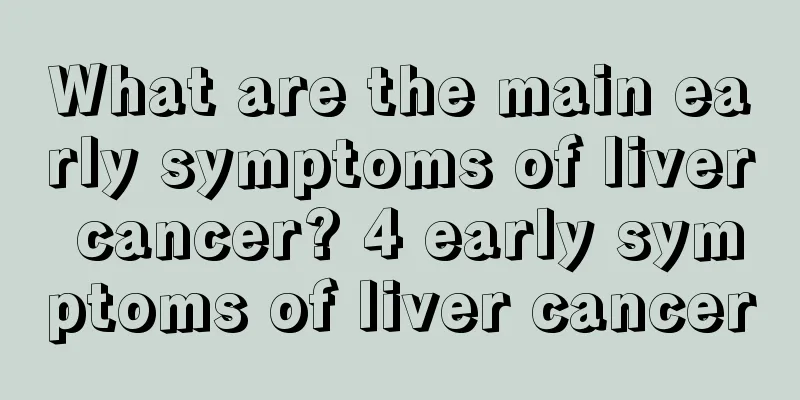Precautions for Japanese encephalitis vaccine injection

|
Everyone has heard of Japanese encephalitis! Japanese encephalitis (JE) is an acute infectious disease transmitted by the JE virus through mosquitoes and is prevalent among humans and animals. The Japanese encephalitis vaccine is a vaccine for preventing Japanese encephalitis and will have obvious effects. So what should we pay attention to when injecting Japanese encephalitis vaccine? Most people do not react to the Japanese encephalitis vaccine. Only a few children experience local redness, swelling and pain after the injection, which disappears within 1 to 2 days. Fever is rare and is generally below 38°C. A few people have subjective symptoms such as dizziness, headache, and discomfort. Occasionally, the incidence of skin rash, angioedema and anaphylactic shock increases with the number of vaccinations. It usually occurs 10 to 30 minutes after injection and rarely lasts more than 24 hours. This type of vaccination reaction is more common in subjects who receive repeated booster injections, especially in children over 7 years old. People who use Japanese encephalitis vaccine should pay attention to fever and acute diseases; serious chronic diseases; brain and nervous system diseases; allergic diseases, and use with caution if you have a history of allergies to antibiotics or vaccines. Other things to note ⑴ Vaccines that are turbid, discolored (yellowed), or have cracks or foreign matter in the ampoule should not be used. ⑵ To reduce the pain during injection, add an appropriate amount of sodium bisulfite to the vaccine. When the vaccine changes from orange to yellow, it can be injected. ⑶ Rest for a while on site after vaccination to prevent side effects. ⑷ 1:1000 epinephrine should be available for emergency use in case of occasional shock. ⑸ Most areas of my country are endemic for Japanese encephalitis, and the latent infection rate among the population is very high. People over 10 years old have generally acquired immunity due to latent infection, so there is no need to vaccinate again. Everyone should be clear about the precautions of Japanese encephalitis vaccine! Therefore, when getting vaccinated in the future, you should consider your own physical factors and do not get vaccinated blindly. If you are not clear about your physical condition, it is recommended that you go to the hospital for a physical examination and take measures after determining your physical factors. Japanese encephalitis vaccine has a preventive effect on Japanese encephalitis, and vaccination is more likely to reduce the incidence of Japanese encephalitis. |
<<: Methods for repairing suture scars
>>: What is the absolute value of neutrophils
Recommend
Melanoma patients should understand their clinical manifestations before treatment
The appearance of melanoma will cause serious dam...
Can people with hyperthyroidism eat eggs? It turns out to be like this
As we all know, there are many dietary taboos for...
Is it good to press double eyelids
Double eyelid surgery is different from ordinary ...
What is the reason for bitter mouth and dizziness
People must pay attention to their bodies, becaus...
What should I do if I have a headache the next day after staying up late?
Nowadays, many young people often stay up late. S...
Can advanced pancreatic cancer be cured?
As pancreatic cancer worsens, the effectiveness o...
What are the main symptoms of lung cancer? Two common symptoms of lung cancer patients
The most common symptom of lung cancer is coughin...
How to make roast duck pancake
Roast duck noodles is a very common snack in our ...
How many times do babies breastfeed in each month?
When it comes to breastfeeding, many young parent...
Symptoms of Lymphoma in Children
Lymphoma is a systemic disease that is more commo...
What are the symptoms of bone cancer?
Bone cancer, a malignant tumor of bone tissue, ha...
Tips for choosing Xizhou honeydew melon
Xizhou honeydew melon has a relatively high nutri...
What are the symptoms of urinary tract infection
Urinary tract infection is very harmful to human ...
Why do lips become thicker
Lips are a relatively important organ in the huma...
Teachers should protect their throats from laryngeal cancer
Laryngeal cancer is a malignant tumor that occurs...









